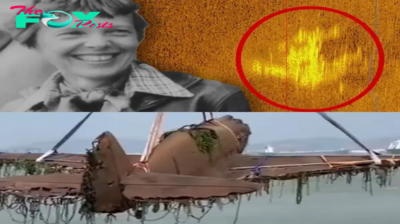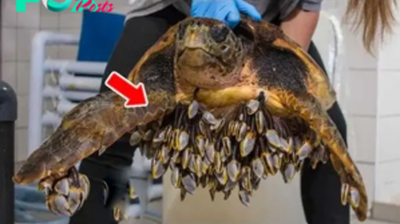Weird Animals
b83.Enchanting elegance: The captivating beauty of the striped-backed oriole in its brilliant and striking feathers. Possessing a melodious melody, a masterpiece of nature’s perfect creation
Unveiling the Streak-Backed Oriole: A Rare Avian Beauty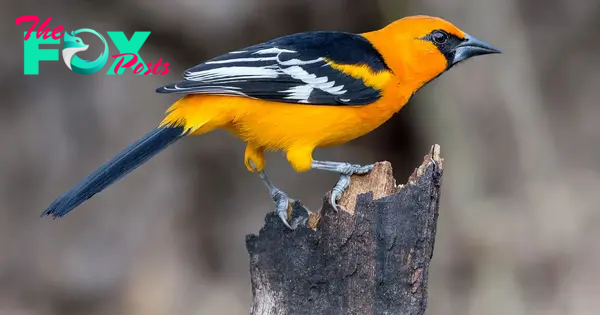
Introducing the Streak-backed Oriole (Icterus pustulatus), a mesmerizing avian species belonging to the icterid family. This medium-sized passerine bird, native to Central America and Mexico, is a true spectacle of nature, known for its striking appearance and unique behaviors.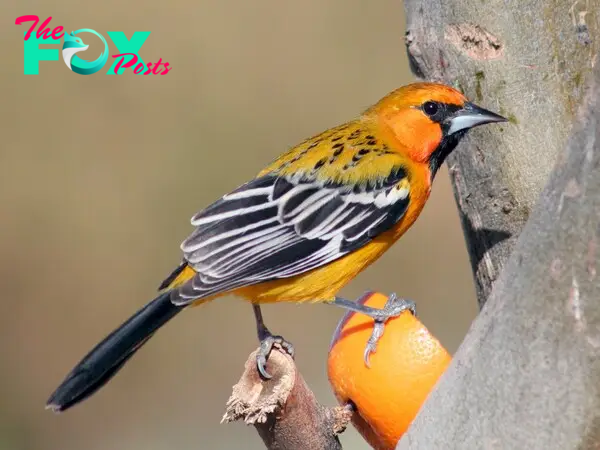
Measuring at approximately 7.87 inches in length, including the tail, with a wingspan ranging from 3.54 to 4.65 inches, and weighing between 2.47 to 3.00 ounces, these birds exude elegance. Notably, males tend to be larger than their female counterparts.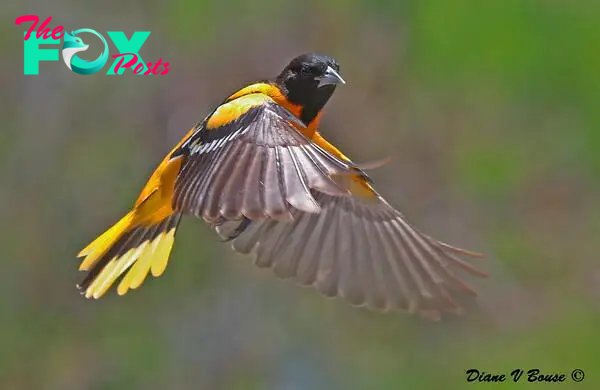
One distinctive feature of this oriole is its intriguing coloration. Subspecies are categorized into three groups, and the remarkable aspect is the vivid coloration of males in the northern range, while females generally exhibit a more subdued appearance. As one ventures south, the female plumage gradually becomes brighter, culminating in the striking resemblance to the males at the southern end of their distribution. Additionally, the more brightly colored females display heightened activity in territorial defenses compared to their northern counterparts.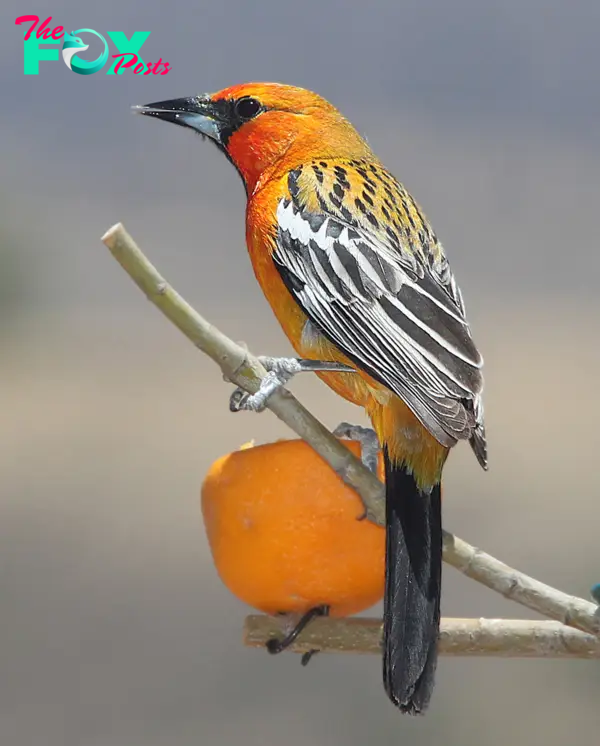
These avian wonders are predominantly found in open woodlands and semi-arid shrublands. They exhibit a preference for open woodlands with thorny Mimosa shrubs in the undergrowth. In areas where Mimosa is absent, they gravitate towards regions with other thorny bush species.
Their diet primarily consists of insects and spiders, but they also savor fruits, berries, seeds, and nectar, showcasing their adaptability to varied food sources.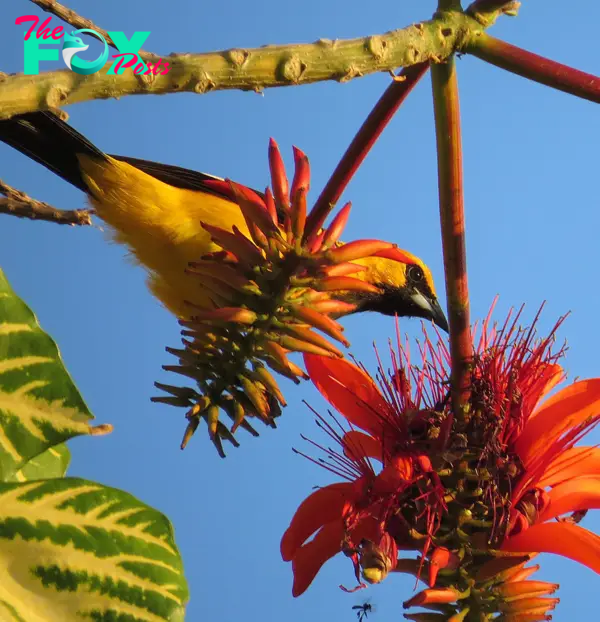
Streak-backed orioles are known for their seasonally monogamous nature, remaining with a single mate throughout the breeding season. Their breeding activities typically occur once a year, with most nesting taking place in mid to late spring and concluding in mid-to-late summer, although variations exist across different regions. Nest construction is the female’s task, involving the creation of a long hanging basket-shaped structure crafted from plant fibers, approximately 28 inches in length, attached to the tips of branches. Clutches typically consist of 3 to 4 eggs, requiring 12 to 14 days of incubation before hatching. The fledglings stay in the nest for about 2 weeks and receive care from both parents.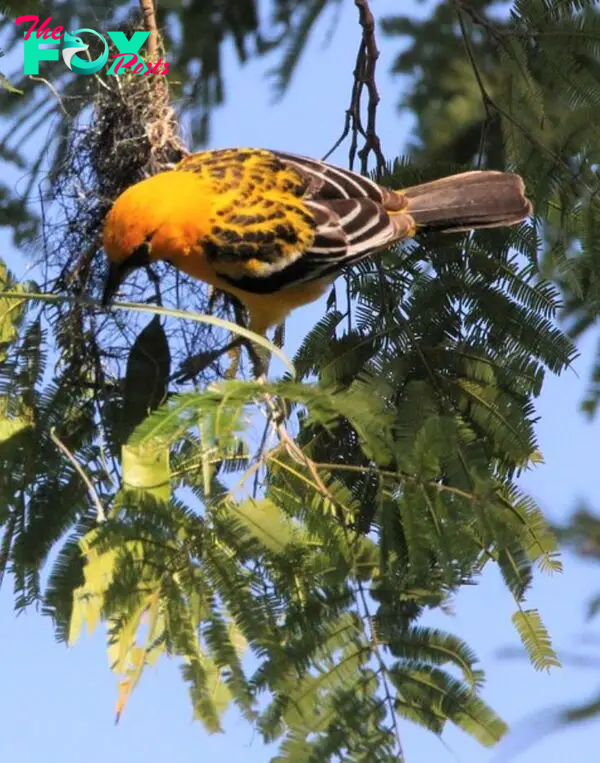
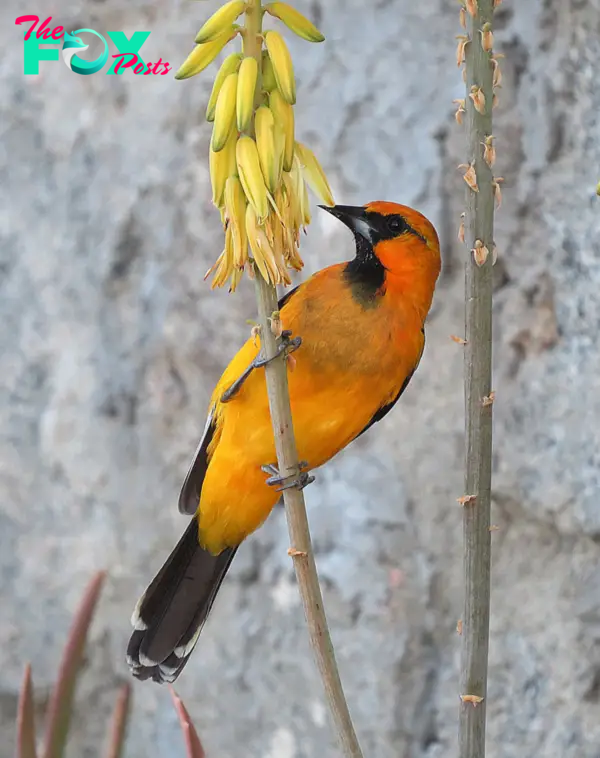
Despite their rare appearance in the United States, the populations of these birds are considered stable, earning them the status of “Least Concern” on the IUCN’s conservation list. The Streak-backed Oriole stands as a testament to the wonders of biodiversity and the importance of preserving such captivating avian treasures in their natural habitats.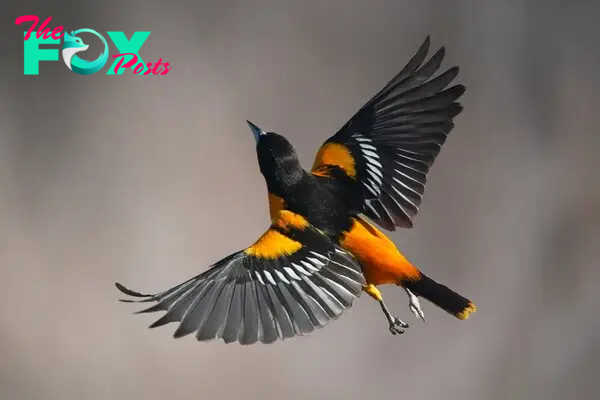
-

 Weird Animals4m ago
Weird Animals4m ago.Deep Sea Wonder: 22ft Circular White Fish Charms Diver, Becomes Social Media Sensation..D
-
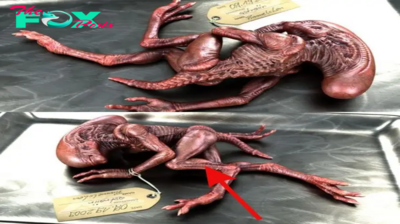
 Weird Animals4m ago
Weird Animals4m agonht.The astonishing discovery of an alien mummy, perfectly preserved as if alive, shocked everyone.
-

 Weird Animals4m ago
Weird Animals4m agonht.Discover the chilling tale of the 1818 UFO crash and the lost portal to another planet.
-

 Weird Animals4m ago
Weird Animals4m agonht.Uncovering Lunar Mysteries: Ex-NASA Insiders Claim Extraterrestrial Presence in Lunar Structures
-

 Weird Animals4m ago
Weird Animals4m agonht.Today’s breaking news: a mysterious floating city-like UFO discovered in Dulali village has caused widespread panic.
-
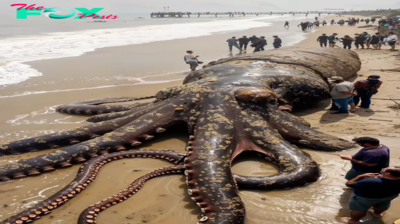
 Weird Animals4m ago
Weird Animals4m ago.The Astonishing and Terrifying Experience of Coming Face to Face with a 4-Meter Octopus!..D
-

 Weird Animals4m ago
Weird Animals4m agonht.Breaking News: Documentaries Uncover UFO Crashes in the Desert
-

 Weird Animals4m ago
Weird Animals4m agonht.Breaking news: Utah woman claims to have raised abducted aliens since 1923, shocking everyone.
